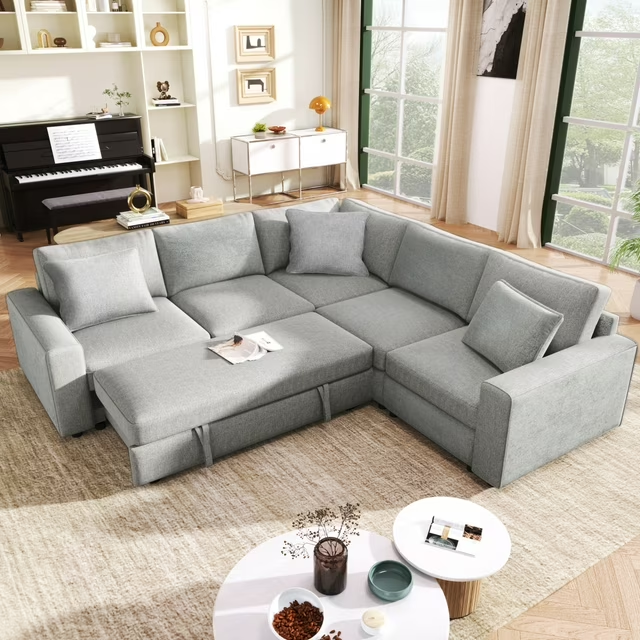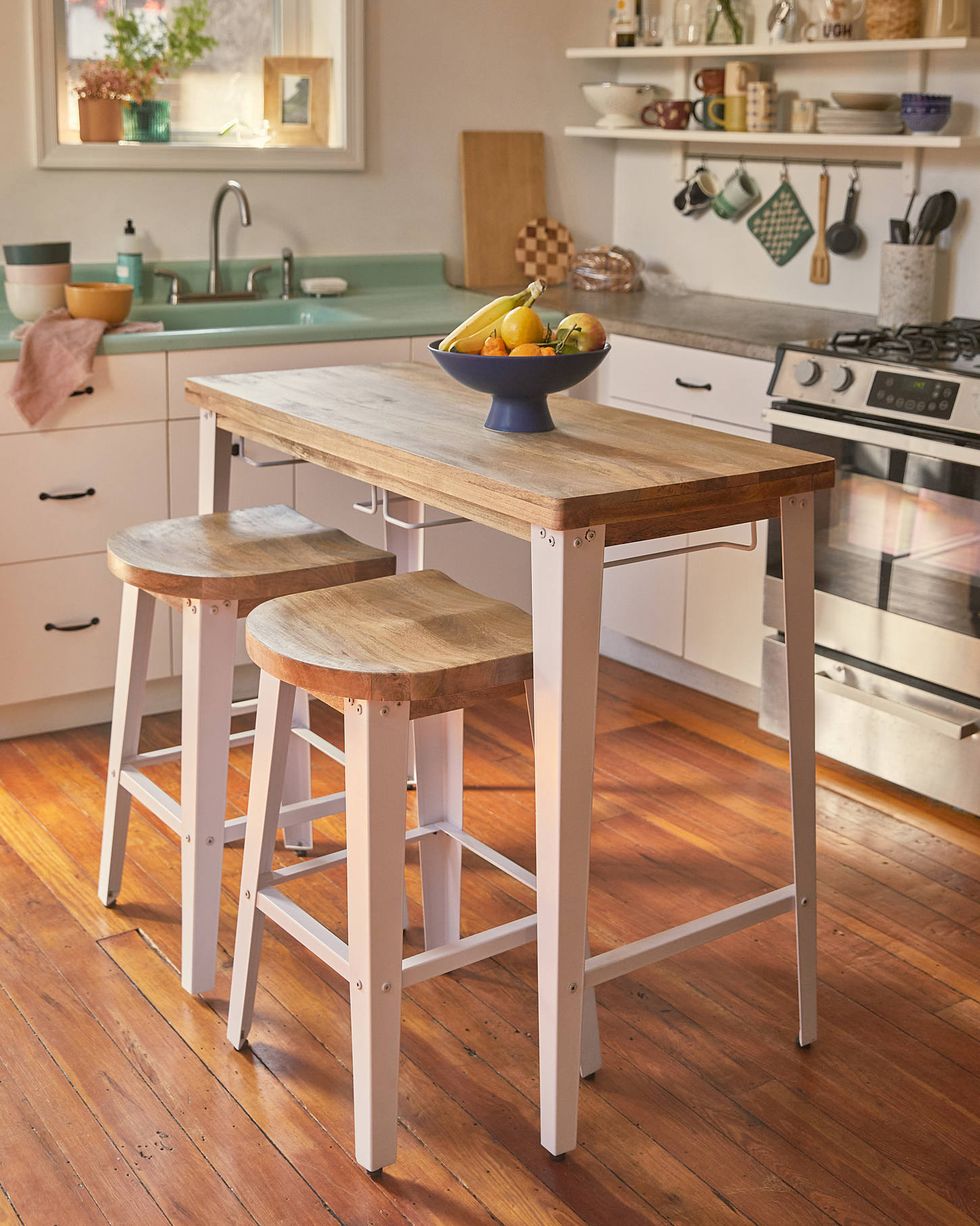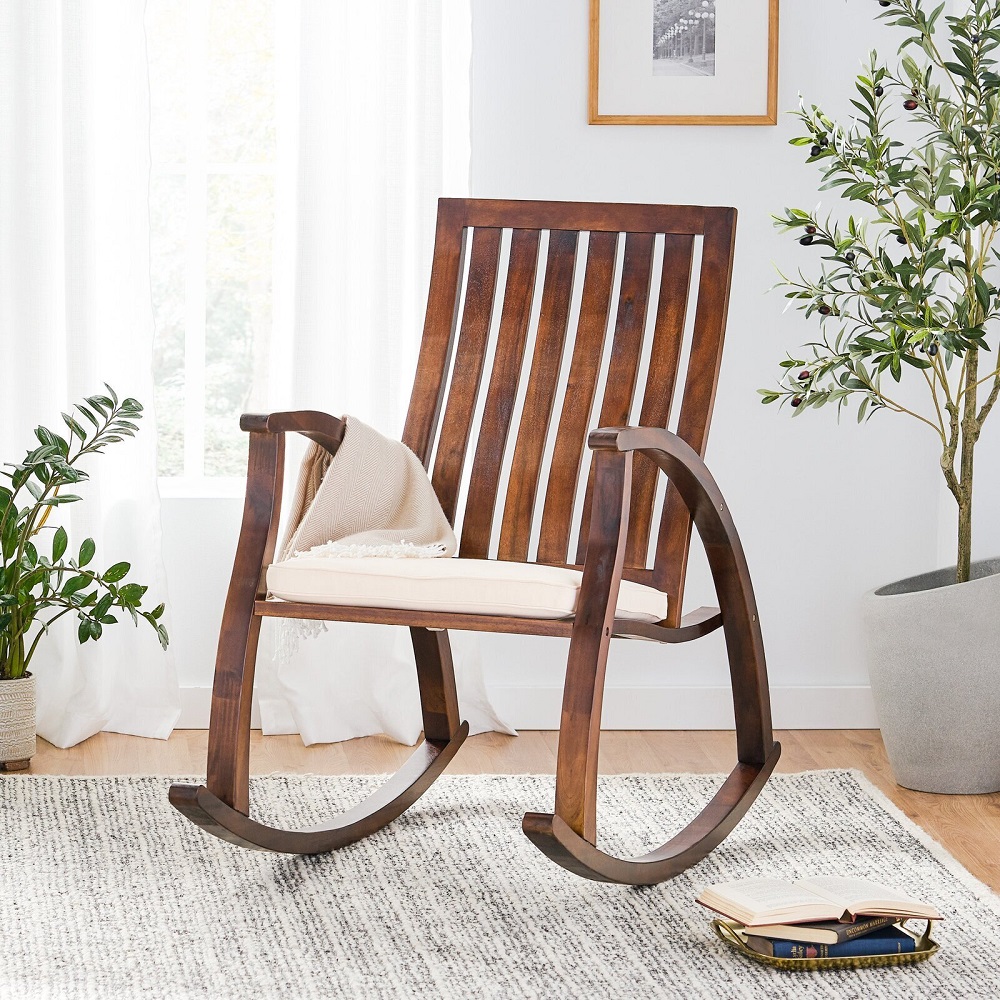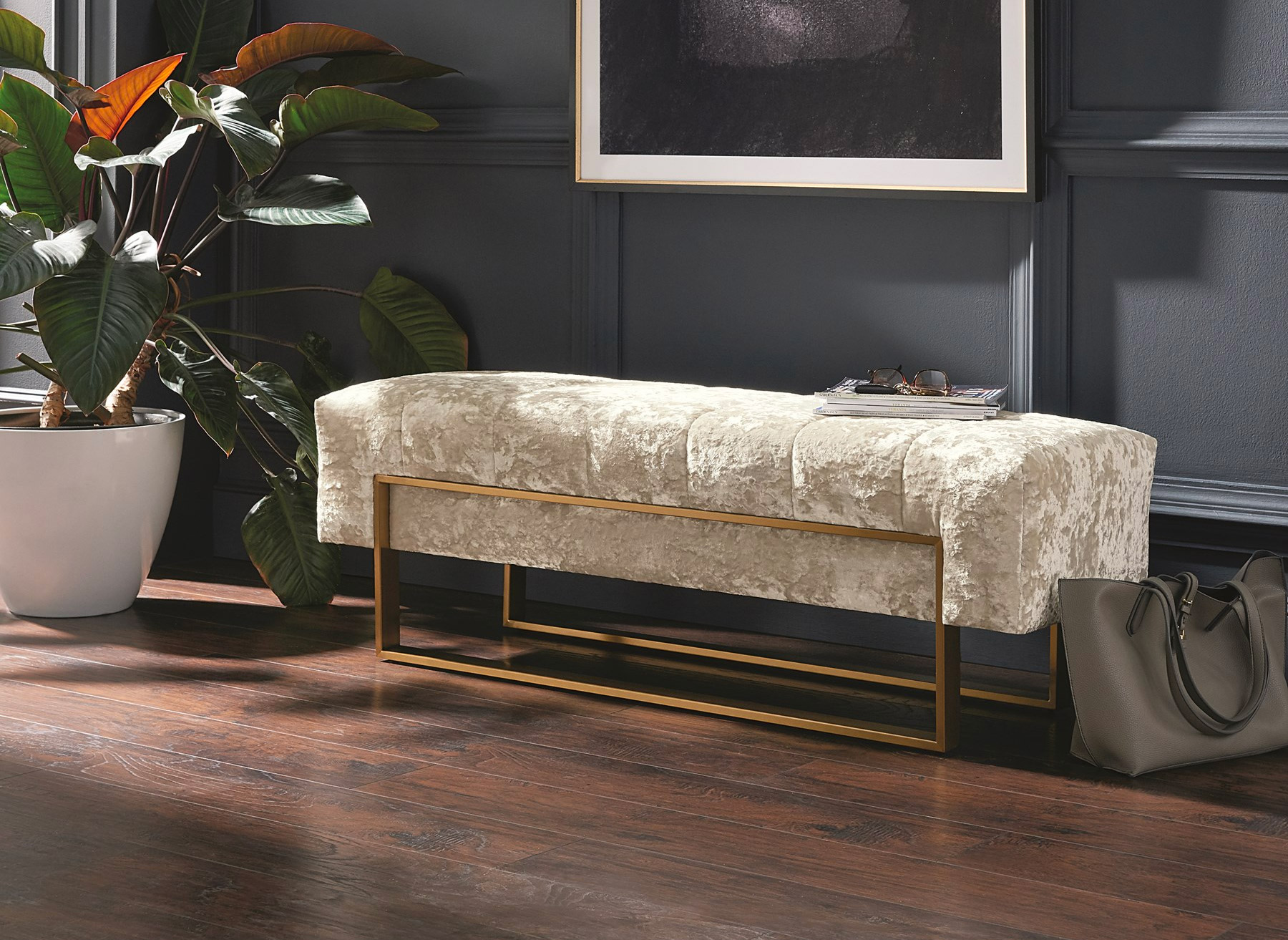Choosing the Best Paint for DIY Dining Table Makeovers
Giving your dining table a fresh painted finish can completely transform the look of your dining space. But what type of paint works best for DIY dining table makeovers? How to paint dining table?The key is choosing a paint that will adhere well and provide a durable, food-safe finish able to withstand regular use and cleaning.Properly preparing the table surface before painting is also essential for getting flawless results. Below we’ll explore top paint options and steps to prep a dining table for a smooth, long-lasting paint job.
Paint Options for Dining Tables
When selecting a paint for dining room furniture, you want an enamel paint formulated for use on tabletops and high-traffic surfaces. Oil and latex-based enamels provide a hardened finish that resists scratches, stains, heat and liquids – ideal for the dining table which sees daily use. Here are top paints to consider:
- Alkyd Enamel – Alkyd enamel paint contains oil for excellent adhesion and a smooth, durable finish. It dries slower than latex but cures to a harder, more stain-resistant surface. Use alkyd enamel for a tough and classic painted dining table.
- Acrylic Latex Enamel – For a durable yet faster-drying paint, acrylic latex enamels are a great dining table paint option. Latex has less fumes and cleans up with soap and water. It may require more coats but provides a brightly colored, kid-friendly finish.
- Chalk Paint – Chalk paint gives a trendy matte, distressed look. But it requires a protective topcoat for durability on dining tables. Use wax or water-based polyurethane to seal chalk paint so it stands up to regular use.
 Prepping a Dining Table for Painting
Prepping a Dining Table for Painting
Proper prep is crucial for getting dining table paint to adhere smoothly and evenly. Follow these key steps:
- Remove any table leaves and clean the surface thoroughly with a degreasing cleaner. This gets rid of dirt, grime, oils and waxes so paint can stick.
- Sand the entire table lightly with 120-150 grit sandpaper to scuff up the existing finish. This helps the paint grip better.
- Wipe away all sanding dust with a tack cloth. Make sure the surface is perfectly clean and dry before painting.
- Fill any cracks, holes or defects with wood filler and sand smooth when dry.
- Apply painter’s tape around the base, legs and apron to protect areas not being painted.
- If staining or bleed-through is an issue, prime with an oil-based primer or shellac-based primer like BIN Shellac. This seals the old finish to prevent interactions with the new paint.
- Apply 2-3 thin, even coats of dining table paint allowing proper dry time between coats. Lightly sand with 220 grit sandpaper to smooth between coats.
With the right prep work, you can achieve professional painted dining table results. Properly cleaned, sanded and primed surfaces allow the paint to adhere tightly for a lasting finish that withstands busy dining rooms. Just be sure to choose an enamel paint designed for wood tables and high-traffic areas. Follow these steps for a smooth, durable DIY paint job that gives your dining table a fresh new look.
 Achieving a Flawless DIY Dining Table Paint Job
Achieving a Flawless DIY Dining Table Paint Job
Painting a dining table yourself can save money compared to hiring a pro. But getting an even, professional-looking paint coverage takes some technique. Should you brush paint on by hand or use a paint sprayer? What are some tips to get a smooth, consistent coat?
Hand Painting vs Spray Painting a Table
When taking on a DIY dining table paint job, you have two main application methods – traditional hand painting with brushes or rollers, or using a paint sprayer tool. Each has pros and cons:
Hand Painting
- More control to avoid drips and errors
- Can get into corners and details more easily
- Less paint wasted compared to overspray
- No spraying equipment to buy or learn
- Takes longer with more prep and brushstrokes
- Harder to avoid brush marks and uneven coats
- Must maintain wet edge to prevent lap marks
Paint Spraying
- Much faster application and coverage
- Provides an ultra smooth, consistent finish
- Easier to get even coating on all surfaces
- Great for spraying edges and hard to reach spots
- Requires buying or renting a paint sprayer
- Overspray can create mess and waste paint
- Learning curve to master spray technique
- Not as precise for corners or details
For DIYers new to paint spraying, hand painting may allow more control and easier touch ups. But using a high quality HVLP sprayer can provide faster full coverage with a seamless look.
 Tips for Even, Professional Hand Painted Results
Tips for Even, Professional Hand Painted Results
If painting dining tables by hand, follow these tips for the best results:
- Use high-quality nylon or polyester brushes made for furniture painting. Tapered trim brushes work well for details.
- Maintain a wet edge and move quickly enough to avoid lap marks where fresh paint overlaps dried brush strokes.
- Apply thin coats and sand lightly between each to ensure perfectly smooth finish.
- Use a small foam mini roller for large tabletop areas. Roll on then gently smoothen and tipped-off.
- Work methodically section-by-section, completing each area before moving on.
- Pay close attention to edges – use steady, even strokes as you brush along.
- Check for drips after finishing a section and gently smooth out before moving on.
Proper brush selection, purposeful strokes, working systematically, and actively checking for drips as you go will help achieve flawless dining table paint results by hand.
Tips for Spray Painting Furniture Like a Pro
For those investing in a paint sprayer, follow these guidelines to get professional sprayed finishes:
- Choose an HVLP spray gun designed for fine finish work and thin paints. Test settings on scrap first.
- Set up a spray area with tarps on floor and plastic sheet walls to contain overspray.
- Apply light tack coats first to ensure paint adheres, then follow with wet coats for full coverage.
- Keep sprayer 6-8 inches from surface and overlap strokes about 30% to blend.
- Mist problematic areas like crevices and corners by hand then spray surrounding areas.
- Spray fine coats of clear sealer between color coats to prevent reactions or bleeding.
- Check between coats for drips or dust nibs. Sand and re-spray affected parts for a flawless finish.
It takes some practice, but paint spraying allows fast, smooth application for professional dining table results.
Whether hand painting or spraying, proper prep work, high quality application tools, patience, and attention to detail will help you achieve an immaculate DIY painted table finish. Just take it slow and steady.









